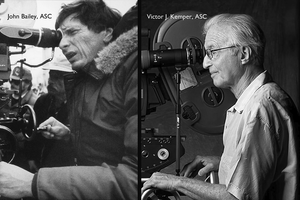Death of John Bailey, ASC, and Victor J. Kemper, ASC
By Marc SalomonJohn BAILEY, ASC
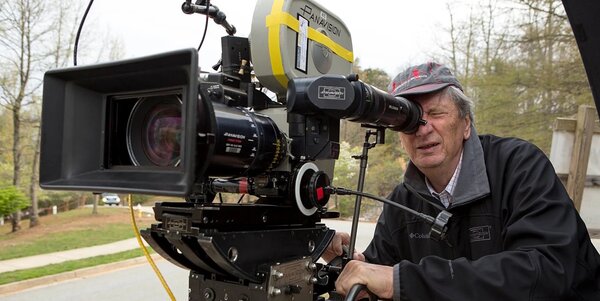
Discovered in the early 1980s, while working with Paul Schrader (American Gigolo ; Cat People), the first film directed by Robert Redford (Ordinary People), John Schlesinger (Honky Tonk Freeway), Lawrence Kasdan (The Big Chill) and Stuart Rosenberg (The Pope of Greenwich Village), John Bailey’s initial aspiration was to become a writer, then a film critic or theorist during his studies at Loyola University and later USC. He had discovered cinema during his high school years, developing a passion for European directors (Bergman, Antonioni, etc.) and particularly the New Wave : “I discovered a way of filming that was unlike anything I had ever seen before. »
His coursework at USC led him to the camera, encouraged by Woody Omens, ASC. But it was ultimately Vittorio Storaro’s work on The Conformist, by Bernardo Bertolucci, that finally made up his mind to embrace cinematography as a career.
He first trained as an assistant and then as a camera operator in independent cinema alongside directors of photography such as Gregory Sandor (Two-Lane Blacktop, by Monte Hellman), David Meyers, Jules Brenner, Ric Waite, Charles Rosher Jnr. But especially memorable is that he was the camera operator for Nestor Almendros on Days of Heaven, in 1976, and for Vilmos Zsigmond on Winter Kills, by William Richert.

It was also during this period that he began his career as a cinematographer thanks to director Karen Arthur (Legacy, in 1974, and The Mafu Cage, in 1977).
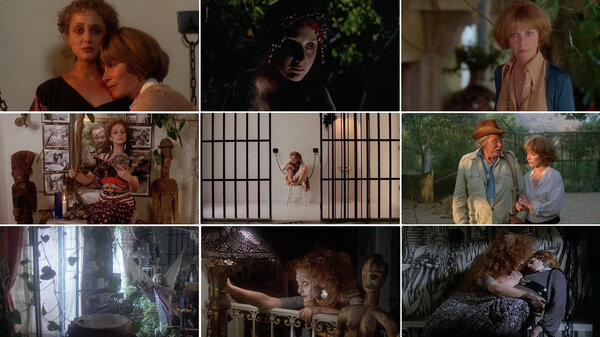
Then came the first of his six projects with Paul Schrader, American Gigolo, with strong, intentional references to The Conformist, followed the next year by Cat People, a remake of the film by Jacques Tourneur.
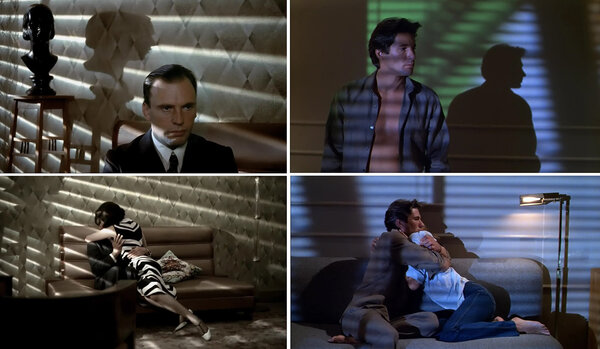

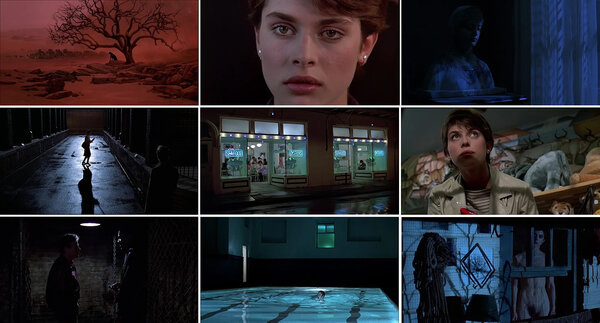
The collaboration between Schrader and Bailey – two esthete cinephiles – culminated in 1984 with Mishima, an introspective, theatrical and heavily-stylized dive into the universe and life of the Japanese writer.
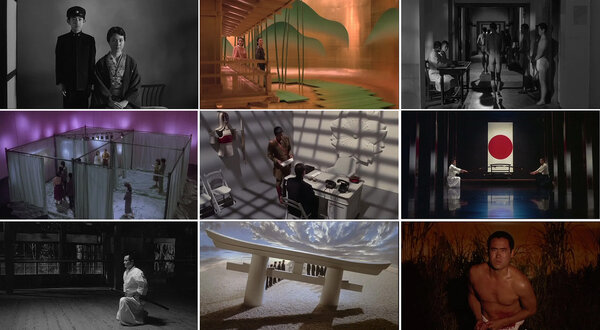
John Bailey then joined forces with Lawrence Kasdan for a slow-burn Western, Silverado, shot on location in New Mexico, whose cinematography unfortunately won’t make us forget that of the great masters of the American Western, William Clothier, Winton Hoch, Lucien Ballard, etc.
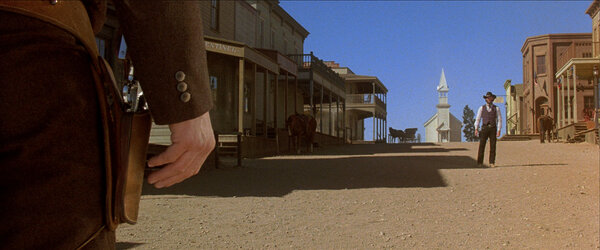
The remainder of his filmography included a great number of comedies, adventure or action films, to which he brought an undeniable savoir-faire but nothing like the formal ambitions of his early years. He defined himself in the following terms : “I consider myself to be a classicist, even if at the start, I did a few films like American Gigolo that were considered innovative. I have always loved classic cinema and classic filmmakers.”
Yet, we can point out a few successes such as : Groundhog Day (Harold Ramis), In the Line of Fire (Wolfgang Petersen), Nobody’s Fool (Robert Benton), Extreme Measures (Michael Apted), As Good as it Gets (James L. Brooks), Licence to Wed, Big Miracle, and A Walk in the Woods (Ken Kwapis).
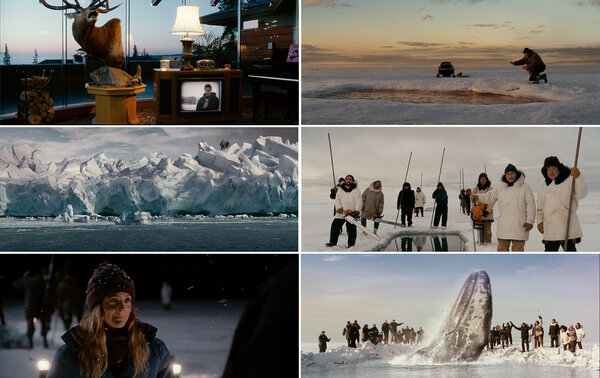
We will add that John Bailey directed five films between 1991-1996 and was cinematographer on three of them ; on the others, he engaged his friend Willy Kurant, AFC, ASC for China Moon in 1994, and Paul Sarossy, CSC, BSC, ASC, for Mariette in Ecstasy, shot in 1996 but only released in 1999 at the Toruń Camerimage festival.
John Bailey met Willy Kurant in 1968, at the Café de Flore, during a stay in Paris where he was joining his friend and future wife, film editor Carol Littleton, who had gotten a scholarship to study at the Sorbonne. He also met Raoul Coutard and Nestor Almendros during this trip. A friendship began between Willy Kurant and John Bailey, who sponsored him in 1996 for his admission to the ASC.

Read on the ASC’s Website :
- "John Bailey, ASC : Inside the Outsider" by David E. Williams
- "In Memoriam : John Bailey, ASC (1942-2023)" by David E. Williams
- "In Memoriam : Willy Kurant, ASC, AFC (1934-2021)", by John Bailey, ASC.
You can also view the magnificent, richly illustrated album created by the Camerimage festival when it awarded him the “Lifetime Achievement Award” in 2019.
Victor J. KEMPER, ASC
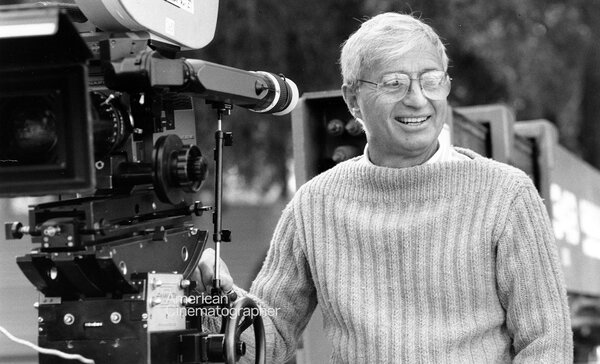
He was, at the start of his career, one of the cameramen who embodied a certain renaissance in American cinema in the 1970s, first in its New York movement, through his collaboration with John Cassavetes (Husbands) and Sidney Lumet (Dog Day Afternoon), Michael Ritchie (The Candidate), Bob Rafelson (Stay Hungry), and Irvin Kerschner (Eyes of Laura Mars). He was a bit too-hastily categorized as a specialist of on-location shooting, in crowded streets, adopting a style closer to news reporting, at the antipodes of the Hollywood aesthetic. His later films do, however, reveal the extent to which Kemper was also able to master the codes and techniques of studio filming, starting with Elia Kazan’s The Last Tycoon in 1976. His artistic and technical abilities earned him a spot in the ASC in 1971.
Nonetheless, and unlike a number of his colleagues, Victor Kemper didn’t exhibit an early predilection for cinema ; rather, he was attracted by electronics, putting together radios at home from a young age and repairing neighbors’ television sets. “Becoming a cinematographer or being in any relation whatsoever to the cinematographic industry was the furthest thing from my mind,” he later said.
Born on 14th April 1927 at Newark, New Jersey, he earned an engineering degree from Seton Hall University. He then joined a local television channel, where he was in charge of shooting, repairing cameras, and the entire technical department. Then, he became interested in a new technology, two-inch quadruplex videotape in black-and-white, developed by Ampex, which was predicted to replace film !
He became a specialist in this technology and was hired by a New York sales agency in the mid-1950s. Progressively, he began to turn towards the camera, starting over again as an assistant before working regularly in the 1960s as a cameraman alongside Arthur Ornitz on advertisements and features, and with Michael Nebbia (Alice’s Restaurant, by Arthur Penn, 1969).
That same year he was hired as a union cover on Husbands, which was supposed to be shot by Italian cinematographer Aldo Tonti. But the language barrier quickly led Cassavetes to part ways with Tonti, and instead he entrusted Kemper with the cinematography, which was the true start of his career as a cinematographer.

After that, there were extremely varied collaborations that covered a large spectrum of American mainstream cinema. Noteworthy are firstly They Might Be Giants by Anthony Harvey (1971), a sympathetic parody of Sherlock Homes, then The Candidate by Michael Ritchie (1972), a film that tried to adopt the look of a TV newsreel while filming the main character, a candidate in California’s senatorial election (Robert Redford), immersed in real situations in crowded public places shot in live action : “This forced us to improvise, which doesn’t mean that we weren’t carefully prepared in advance,” explained Kemper. “We knew we’d only have one chance to film and so our first take had to be the right one, since it couldn’t generally be repeated.”

Victor J. Kemper followed up in 1975 with Dog Day Afternoon, which became the best-known of all of his films, and then The Gambler by Karel Reisz, The Last Tycoon by Elia Kazan, Slap Shot by George Roy Hill, and Magic by Richard Attenborough.

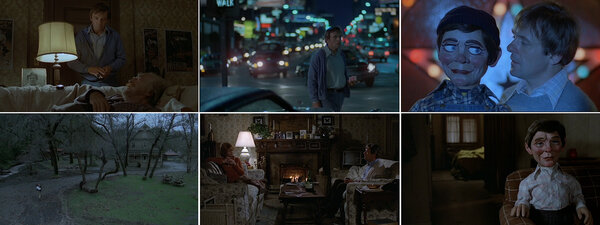
During the 1980s and 1990s, Kemper’s filmography was full of weak comedies nearly-exclusively intended for an American audience. Alongside these films, we can cite The Final Countdown, by Don Taylor, the strange Xanadu by Robert Greenwald, with Olivia Newton-John and Gene Kelley, Tim Burton’s first film Pee Wee’s Big Adventure in 1985, and Beethoven in 1992, an enormous box-office hit for this first of a series of films about the adventures an American family that adopts a Saint Bernard dog.
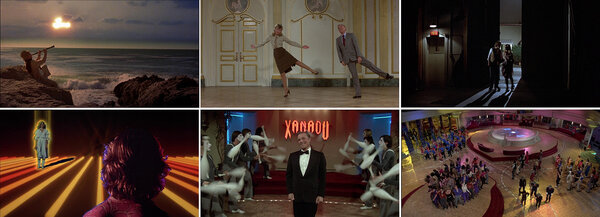

Read on the ASC’s Website :
- "In Memoriam : Victor J. Kemper (1927-2023)" by Rachael Bosley
- "Victor J. Kemper, ASC : The American Society of Cinematographers salutes his exceptional career with its 1998 Lifetime Achievement Award", by Bob Fisher.
 En
En Fr
Fr
